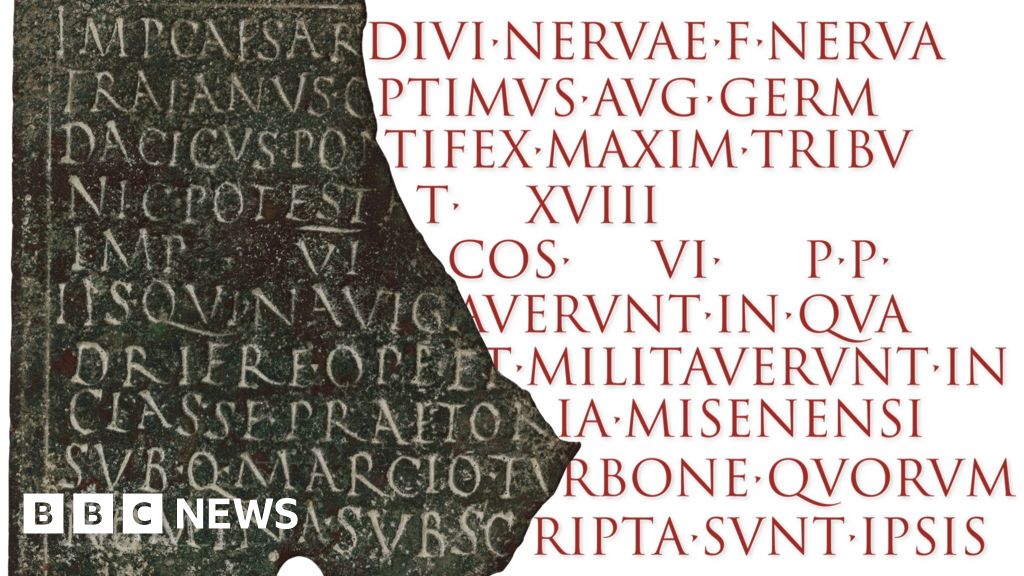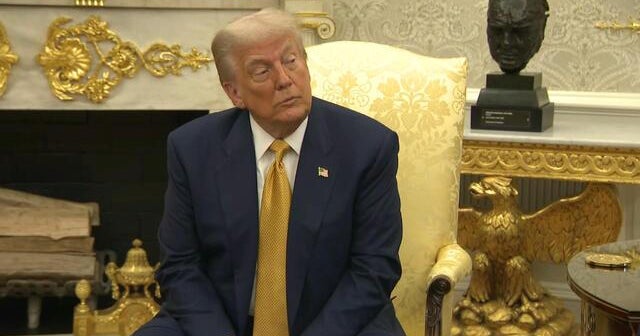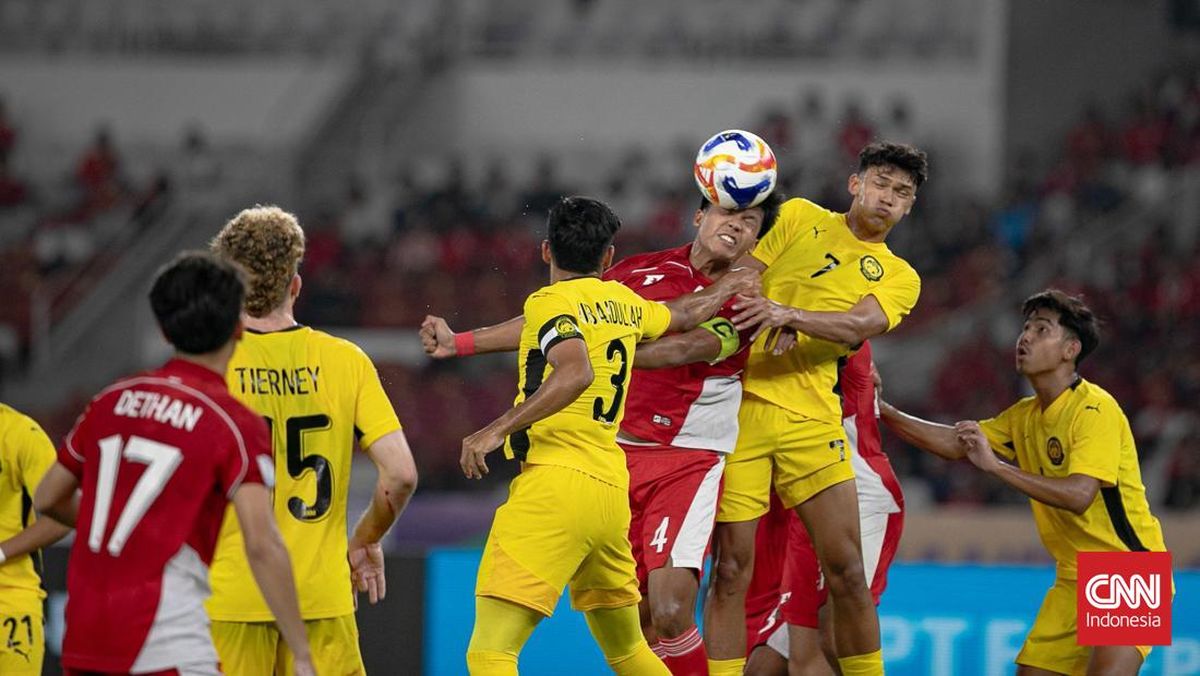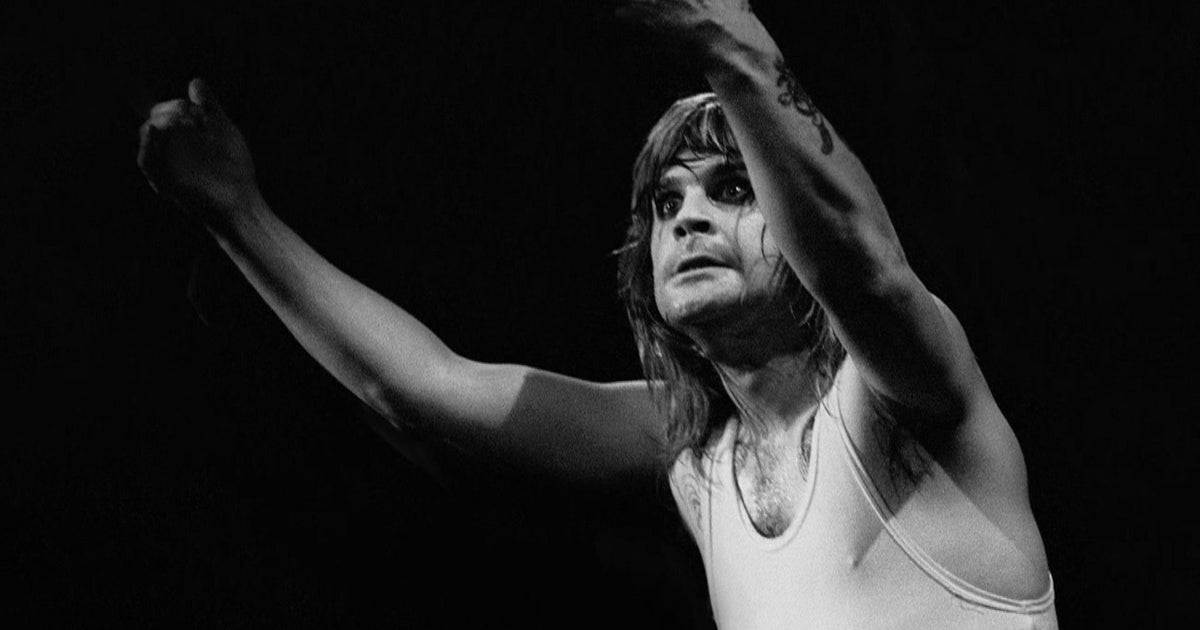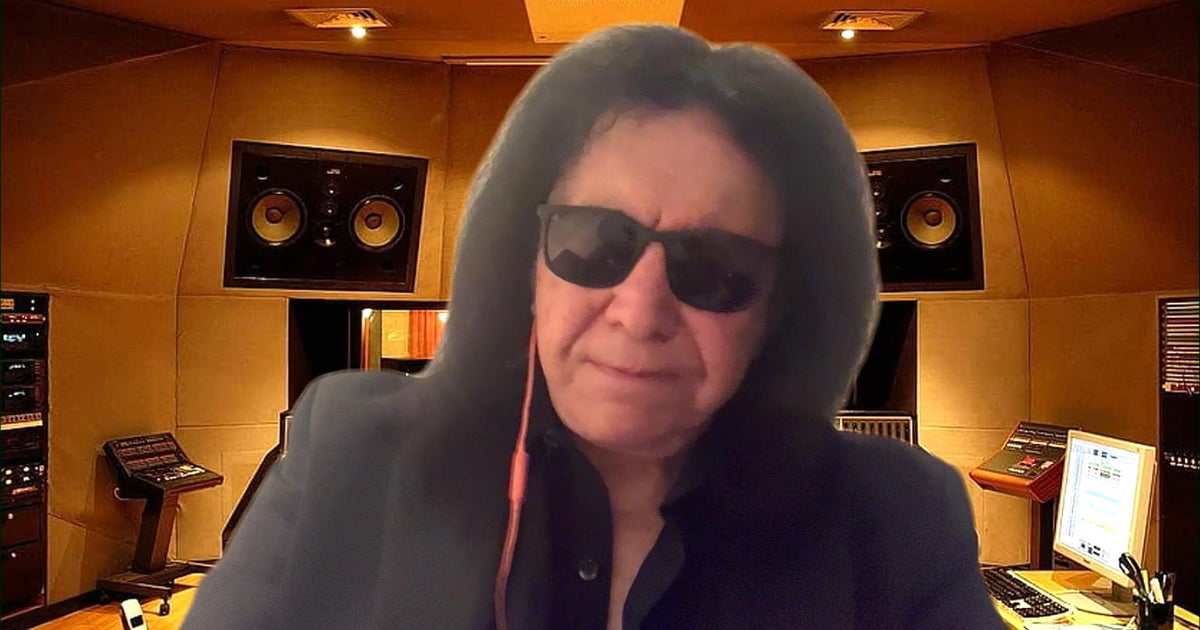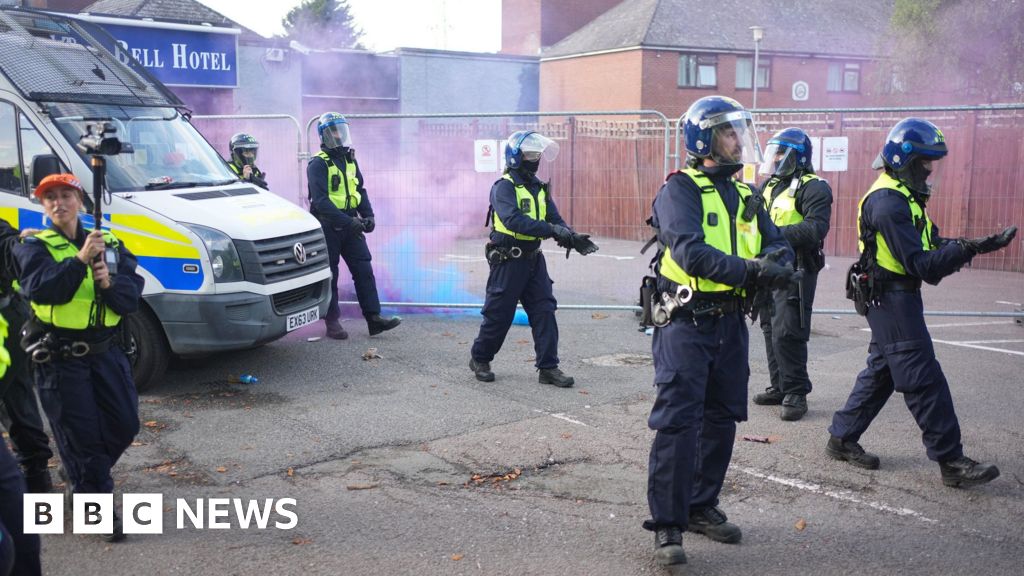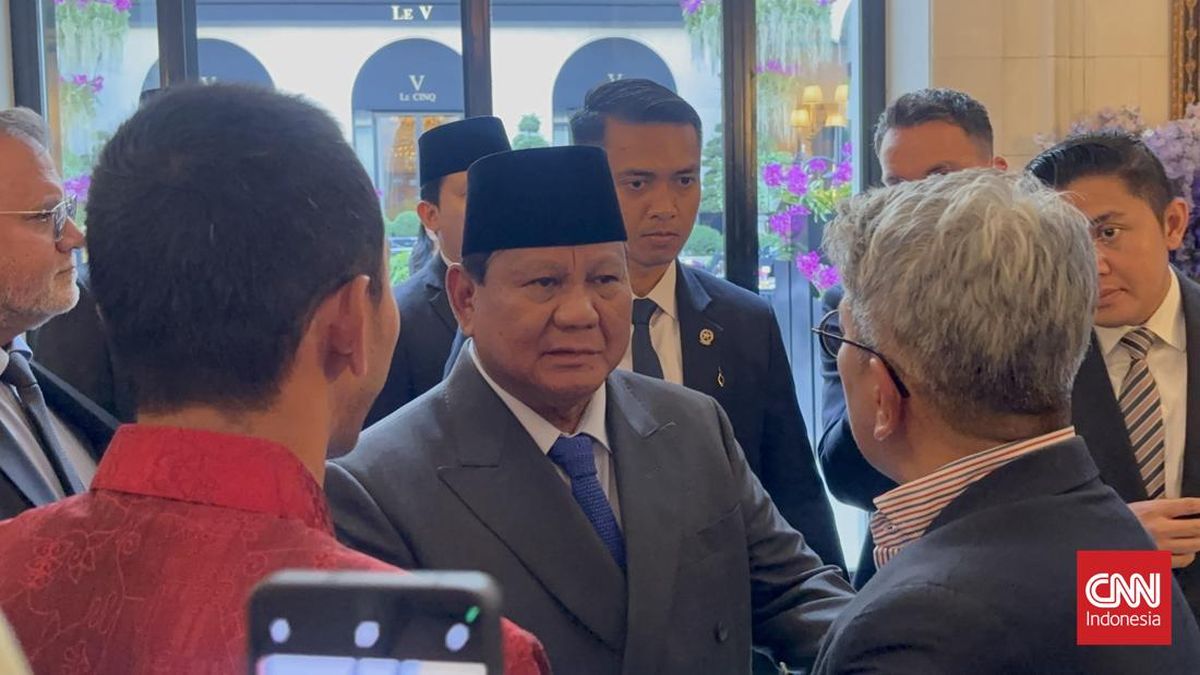Ozzy Osbourne famously cemented his reputation as the “Prince of Darkness” in 1982 when he bit the head off a bat – the lead singer of Black Sabbath was a dark and otherworldly rock god who couldn’t be constrained by the bounds of polite society. But I, like many other millennials, instead knew him as a doddering, sweatpants-wearing dad who ranted to his pets, loved burritos and couldn’t ever quite work out his TV remote.
It’s a bizarre dual legacy for Osbourne to leave, following his death at age 76 on Wednesday. And while endless words will be written about his contribution to heavy metal and his shifting of the musical zeitgeist, it’s only fair to mark his contribution to TV. Through his seminal MTV series, The Osbournes, the Prince of Darkness was also the father of reality TV as we know it.

Kelly, Ozzy, Sharon and Jack Osbourne: the family at the heart of MTV hit The Osbournes.
Though it would go on to run for 52 episodes over four seasons, The Osbournes began in 2002 as a total experiment. And a risky one at that. The established musician who had struggled with sobriety had everything to lose by letting cameras into his private life; and at age 53 for the series launch, he was well outside the usual demographic for the youth channel (even though the cartoon stars of Beavis and Butt-Head loved him).
The show – which followed Osbourne, his wife Sharon and their two teenage children Kelly and Jack going about everyday life in their Beverley Hills home – was conceived as a “documentary sitcom” off the back of the success of The Real World. The family had shot a segment for MTV’s other new show, Cribs, which looked inside the homes of celebrities, and producers realised there was something worth exploring about the “loving, dysfunctional, chaotic” nature of their home.
Loading
“We never considered it a reality show,” executive producer Jeff Stilson told The Ringer in an oral history to mark the show’s 20th anniversary. “I don’t even think I knew what that term was.”
But, with so little precedent to draw on – and without the more structured elements such as the “confessional” interviews pioneered in The Real World – it was met with confusion from the bosses at MTV. “One of the other executives in charge told us – and this is a quote – ‘There’s no story, dude’,” Stilson recalled. “I remember getting that call, and we dug our heels in.”
The hesitation is understandable. There was no discernible “plot” to the show’s first season. The show instead offered fly-on-the-wall snapshots of everyday life – from frustration over the dogs having accidents in the house to Jack and Kelly fighting curfews and each other. It wasn’t uncommon to see one wrestle the other to the ground while calling them a “f---ing bitch”.
However, it was this unvarnished aesthetic and chaotic content that made it such a success. From The Brady Bunch to Home Improvement, American audiences had come to view the family unit through sitcoms about middle to upper-middle class families delivering light laughs and dealing with low-stakes obstacles. It didn’t matter that Ozzy, Sharon, Jack and Kelly were wildly rich or famous (though it did fuel the voyeurism) – their family fights and frustrations were the most relatable thing on TV.
Loading
The first season became the highest-rating series in MTV’s 21-year history, and the show went on to cover more serious terrain, such as Ozzy’s recovery from a serious quad bike accident to Sharon’s cancer diagnosis and Jack’s issues with substance abuse.
It wasn’t long until these types of shows were a staple for younger audiences who were growing accustomed to unfettered access into celebrities’ lives, and a useful tool for stars looking to boost their profile or craft their image.
In 2003, MTV followed up The Osbournes with Newlyweds: Nick and Jessica, a reality series featuring pop stars Jessica Simpson and Nick Lachey. The show, which featured Simpson infamously confusing tuna and chicken, was also a ratings hit and a huge boon for their careers. More than 20 years later, Lachey is still in reality TV as the co-host of Netflix dating show, Love is Blind.

The Osbournes: the original reality TV family.Credit: MTV
That same year Fox premiered The Simple Life, which saw wealthy socialites Paris Hilton and Nicole Richie cosplay regular life on farms and in low-paying jobs. It catapulted them to international stardom, with Hilton admitting she used the show as a brand vehicle, creating a “blonde airhead” character that would be the most entertaining to watch and hate-watch alike. Not only was it effective for the longevity of the show, which ended in 2007, it was a defining force of 2000s culture as a whole (take it from me, a then-teenage girl who started wearing hot-pink skirts sporting the Playboy bunny and hiding the fact I was poor).
Then came Keeping up with the Kardashians, a 20-season behemoth, launched off a sex tape scandal, that perfected the genre’s art of voyeurism and performance. Today, reality TV is a common tool to attain fame and fine-tune it – just ask Alec Baldwin, who tried his own (widely panned) family reality series, The Baldwins, in the lead-up to the Rust trial.
And, as Sharon Osbourne knows, it all comes back to The Osbournes. A few years ago, a reporter put it to the matriarch directly: “Without you, you realise, there would be no Kardashians,” they said. “There would be nothing without you, Sharon Osbourne!”
“It was really Ozzy,” she replied.
Most Viewed in Culture
Loading


